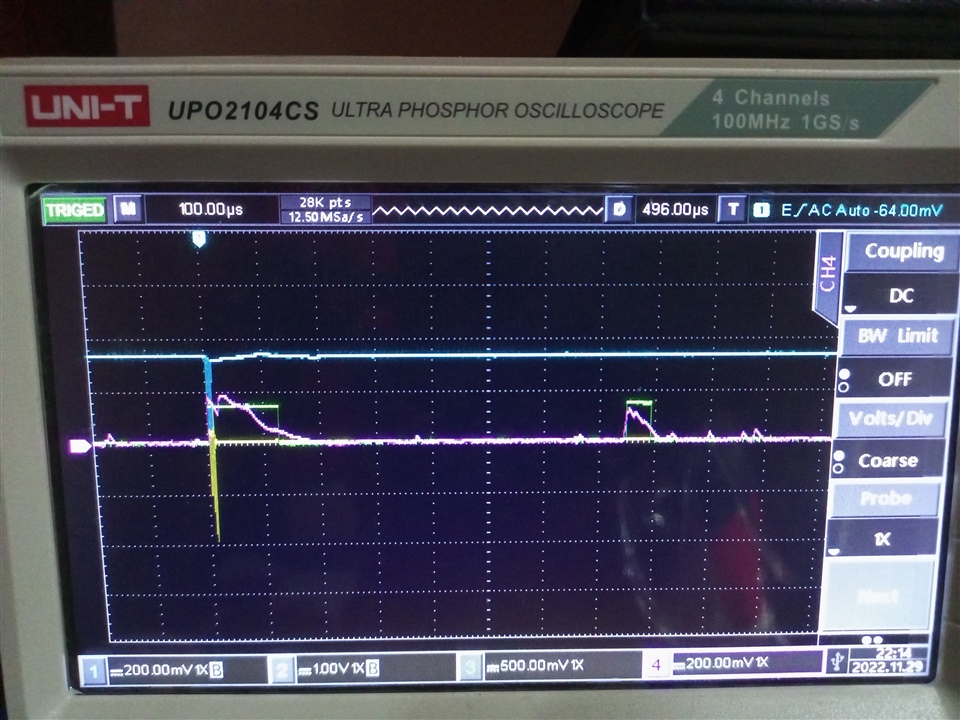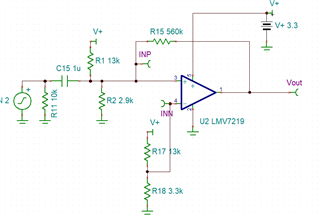Other Parts Discussed in Thread: TLV3601, LMV7219, TLV3201, TLV3501, TLV3603
Hello
I am using LMV761 in our project for ultrasound level sensing device. The IC is used to detect the echo signal from the amplifier stage of the circuit.
The IC is not responding unless I touch the output with the probe of the oscilloscope (the cylindrical part as seen in the pictures). When I touched the output pin with the probe section part, it starts operating. I don't know what is happening. I have uploaded the PCB part of the IC on the circuit.
Need some help here!!
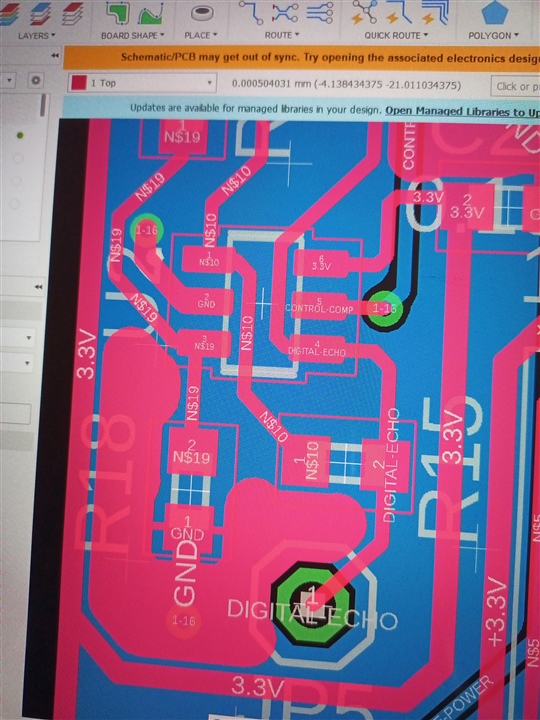
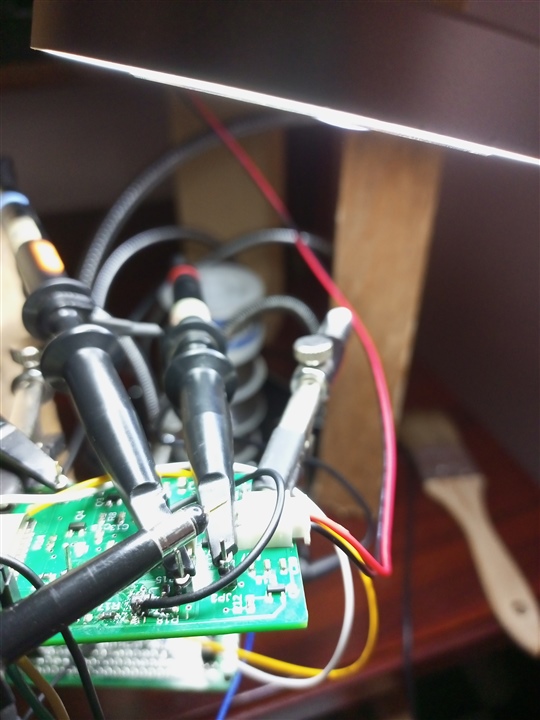



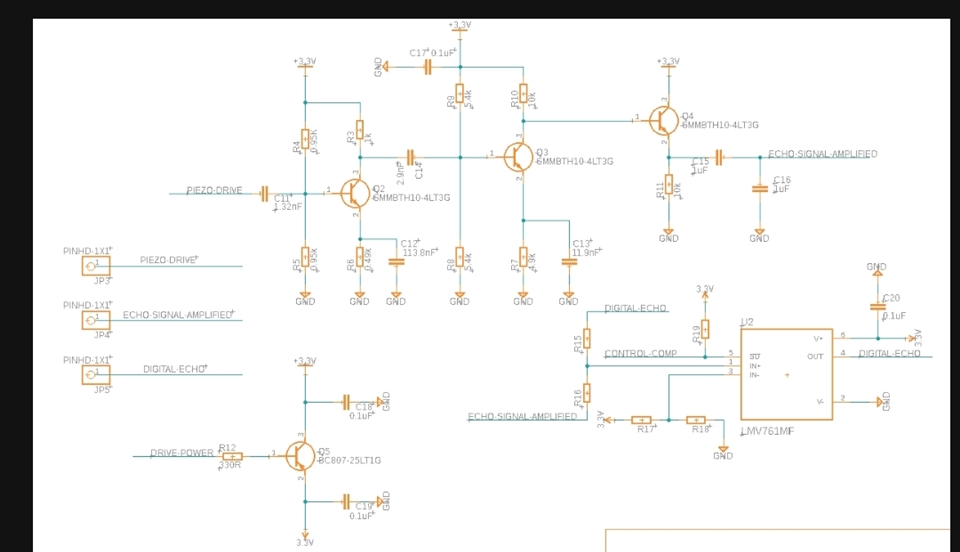 Hello @paul. Thanks for the reply. Hope it can be helpful
Hello @paul. Thanks for the reply. Hope it can be helpful 
